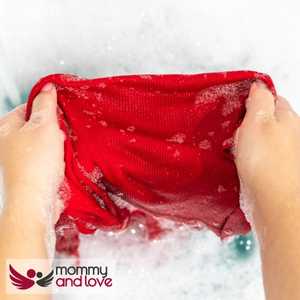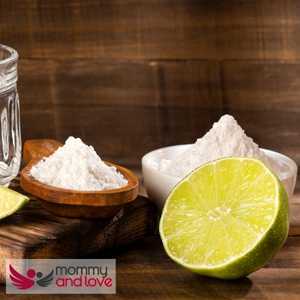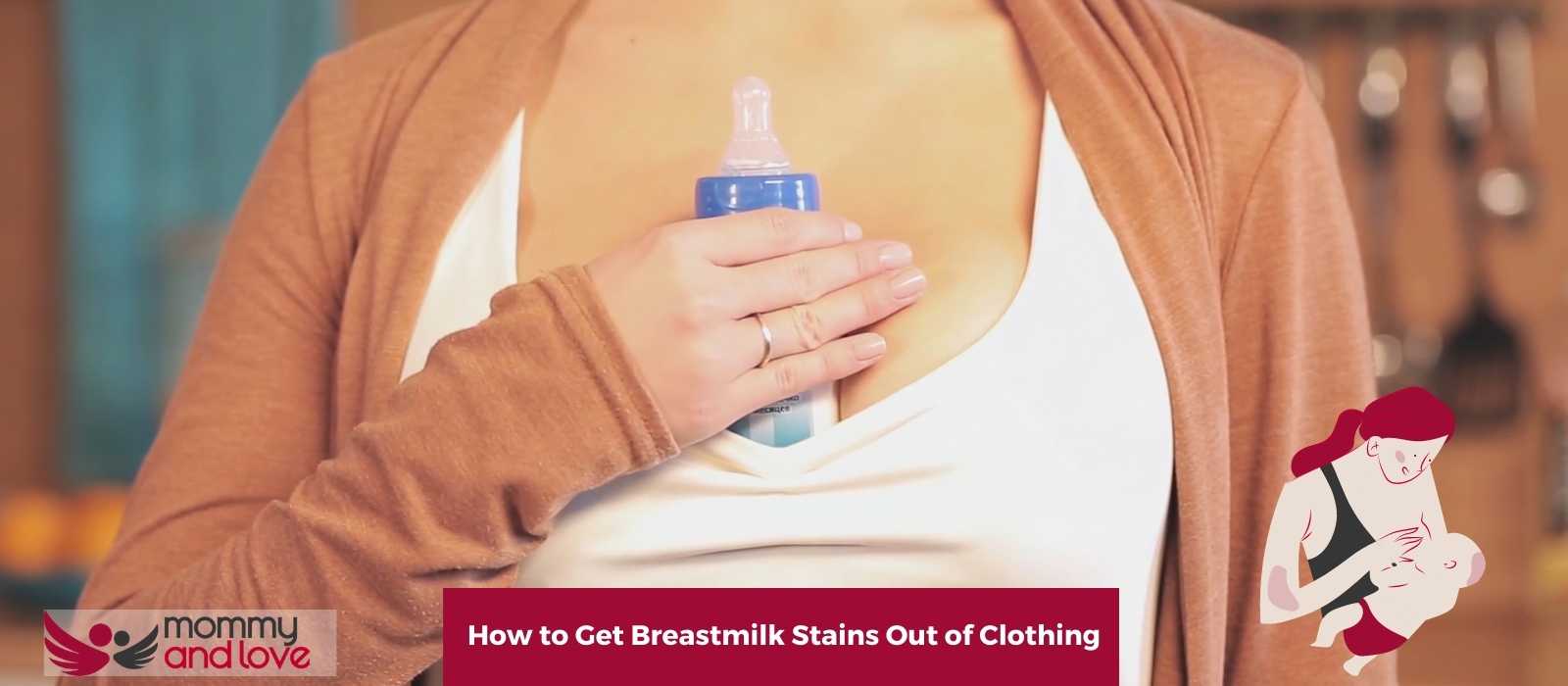Breastmilk is a miracle, but breastmilk stains are notoriously hard to remove from clothing
Even the best of us have trouble removing these pesky breastmilk stains.
We’ve got the solution for you! Follow our simple guide on how to get breastmilk stains out and you’ll be good as new in no time.
Does Breastmilk Stain Clothes?
Yes, breastmilk can stain clothes. Breastmilk contains proteins, lipids, and minerals that can bind to fabric and create a stubborn stain. The best way to prevent breastmilk stains is to wear nursing bras and clothes that can be easily washed and dried. If a breastmilk stain does occur, it is important to treat it as quickly as possible.
If you have a breastmilk stain on your shirt, try to remove it as soon as possible. The longer it sits, the more likely it is to set in and become difficult to remove.
Remember, always read the label of any stain remover before use. Some stain removers arenot safe for use on certain types of fabric.
Why does breast milk stain?
Breastmilk contains proteins, lipids, and minerals that can bind to fabric and create a stubborn stain. The milk itself is not harmful to the fabric, but the enzymes and proteins in it can be difficult to remove.
The best way to remove a breastmilk stain is to pre-treat it with a stain remover and then wash it in hot water. If the stain is still visible after washing, you can try using a bleach alternativeor a stain remover stick.
What about colostrum?
Colostrum is the first milk that a mother produces after giving birth. It is thinner and more watery than breastmilk, so it is less likely to stain clothing. However, colostrum can still stain clothes if it is not removed promptly. If you are worried about your clothes becoming stained, you can wear a bib or a nursing cover.
How to Get Breast milk Stains Out of Clothes

The best way to remove breast milk stains is to act quickly. The longer the breast milk stain sits, the harder it will be to remove.
This includes baby clothes and spoiled breast milk your baby accidentally drinks and spits on moms’ clothes. Protein stains are very difficult to remove so the first step is to get a soft-bristled brush and brush the breast milk stain clothes.
Fresh breast milk stains are the easiest to remove so it’s vital to act quickly before these become tough stains. You don’t want a protein stain to set so if you do see that breast milk has leaked or been spilt onto clothes, act quickly to work on this. The initial response might just be to immediately put these into a normal wash cycle with detergent and stain remover.
The first step is to identify the type of stain. Breastmilk can leave two types of stains: protein-based and lipid-based.
Protein-based stains are the easiest to remove. They can be removed with a pre-wash stain remover and hot water.
Lipid-based stains are more difficult to remove. They can be removed with a pre-wash stain remover, cold water, and patience.
The best way to remove breastmilk stains is to act quickly. The longer the stain sets, the harder it will be to remove.
Procedure to Remove breast milk stains
1. Soak the stained clothing in cold water for 30 minutes. This will help to loosen the protein and lipid molecules in the breastmilk and make them easier to remove. If you have stain removal wipes these can be used to try and help . Also useful is to spray a stain remover bottle
2. Apply a pre-wash stain remover to the stain and let it sit for 5-10 minutes. These can be synthetic stain removers initially which will do the best stain removal on yellow stains. The greasy stains should be washed out with biological detergents.
3. Wash the clothing in the washing machine using hot water and detergent. Be sure to check the care label on the clothing to make sure that it can be washed in hot water.
4. If the stain is still visible, repeat steps 2 and3.
5. Air dry the clothing. Do not put it in the dryer, as this will set the stain and make it harder to remove.
Natural Stain Removers

If you don’t want to use synthetic stain removers you can use natural stain removers.
This would include the sun which is stain removal magic, hydrogen peroxide or lemon juice. These are better if you feel the synthetic removals might irritate sensitive skin.
Stubborn stains often respond to an environmentally friendly stain remover like the sun. The sun is literally like magic, just leaving clothes to air dry on a sunny day has a natural bleaching action.
It’s quite natural to want to use natural stain removers on baby stains on baby’s clothes as these will be next to the baby’s bare skin. Many parents prefer to use non-biological detergents but these may not be enough to eliminate stains, especially stubborn breast milk stains. Producing breast milk is one of nature’s wonders but you do need to have breast milk beating options when it comes to laundry detergents.
If a hotter wash cycle is not an option then you may also consider oxygen bleach solution on stained clothes. Also, something as simple as lime juice and baking soda will work and should not cause skin irritation.
How to Remove Old Milk Stains From Clothes
The best way for removing stains from clothes is to act quickly. The longer the stain sits, the harder it will be to remove. However if you have old stains from milk proteins then follow these baby laundry tips.
1. Soak the stained clothing in cold water for 30 minutes. This will help to loosen the protein and lipid molecules in the milk and make them easier to remove.
2. Apply pre-wash stain remover to the stain and let it sit for 5-10 minutes. When you pretreat stains before washing with an all purpose stain remover it can help to shift the protein the breast milk leaves. Just gently rub the natural or synthetic option on the stain.
3. Wash the clothing in the washing machine using hot water and detergent. Be sure to check the care label on the clothing to make sure that it can be washed in hot water. You can use liquid dishwashing soap or any soap solution.
4. If the stain is still visible, repeat steps 2 and 3. You can use oxygen color safe bleach or any natural bleach to help remove the stains. Most natural bleach can be used instead of using harsh chemicals which risk skin burns.
5. Air dry the clothing. Do not put it in the dryer, as this will set the stain and make it harder to remove.
Let it soak:
The best way to remove milk stains is to soak the clothing in cold water for 30 minutes. This will help to loosen the protein and lipid molecules in the milk and make them easier to remove. Regular breast milk will work loose.
Apply a pre-wash stain remover:
Apply a pre-wash stain remover to the stain and let it sit for 5-10 minutesWash in hot water: Wash the clothing in the washing machine using hot water and detergent. Be sure to check the care label on the clothing to make sure that it can be washed in hot water.
Dry Naturally
Air dry the clothing. Do not put it in the dryer, as this will set the stain and make it harder to remove. The heat settings in tumble dryers can set the stains into the clothes.
Which cleaning products are safe to use?
The best way to remove milk stains is to act quickly. The longer the stain sets, the harder it will be to remove. However, there are some products that can help make the process a little easier:
- Pre-wash stain remover
- Detergent
- Sunshine
- Vinegar
- Lime or lemon juice
- Natural bleach
Can I use Bleach?
Be sure to check the care label on the clothing to make sure that it can be washed in hot water. Some fabrics, such as wool or silk, can be damaged by bleach. If you are unsure whether or not bleach can be used, it is best to test it on a hidden part of the clothing first. If there is no mention of bleach on the care label, it is safe to assume that it can be used.
How to remove milk stains from a mattress
The best way to remove milk stains from a mattress is to act quickly. The longer the stain sets, the harder it will be to remove.
1. Soak the stained area with cold water.
2. Apply a pre-wash stain remover to the stain and let it sit for 5-10 minutes.
3. Wash the area with hot water and detergent.
4. If the stain is still visible, repeat steps 2 and 3.
5. Air dry the area.
How can breast milk be removed from carpets and upholstery?
To remove breast milk from carpets and upholstery, you can try using a commercial carpet or upholstery cleaner, or a homemade solution of dish soap and water. If the breast milk has dried, you may need to use a stiff brush to loosen it before cleaning. Be sure to test any cleaning solution on an inconspicuous area of the carpet or upholstery to make sure it doesn’t cause any damage.
Take Away on Removing Breast Milk Stains
The key to removing breast milk stains from clothes is to act quickly! The longer you leave the milk stain to set the harder it will be to remove. Unlike baby formula, breast milk leaves protein-based stains which can be very difficult to lift out. Immediately dab any spilt breast milk with a paper towel and gently scrap the milk off, then leave to soak.
You can use natural options if you prefer only to use natural substances on the baby’s clothes, and one of the best methods is to leave the stained clothing out in the sun to be naturally bleached.

This article was written by Sandra Baker – full time writer and the mother of four amazing kids (including twins!)
She’s also a breastfeeding counselor and has spent years helping new parents learn how to care for their children. When she’s not writing or caring for her children, Sandra likes to spend time reading and taking walks with her husband.




